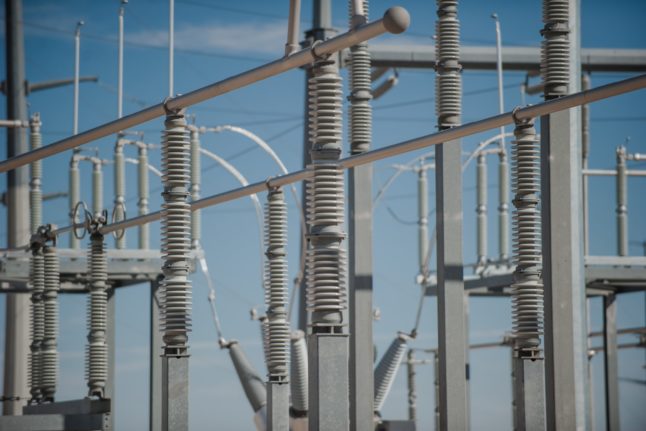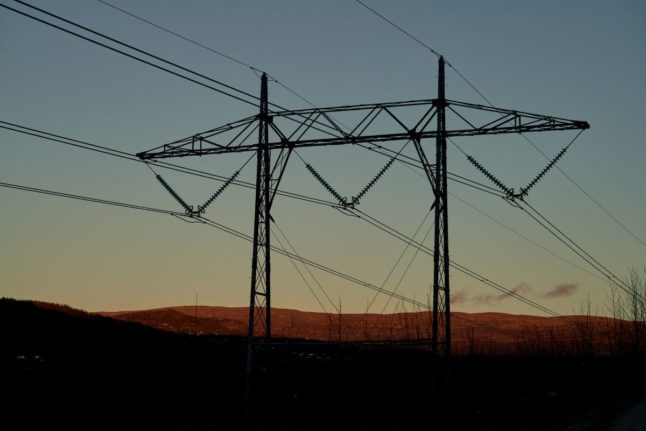The state will continue to subsidise energy bills to the tune of 80 percent when the market price exceeds 70 øre per kilowatt-hour.
“We want to reduce costs for households when prices are extremely high. However, we see that there is so much uncertainty now that we want to provide security,” Minister of Petroleum and Energy Terje Aasland told newspaper VG.
The scheme was due to end in April but will continue until March 2023. Over the last ten days, electricity prices have shot up, with parts of Norway paying 10 kroner per kilowatt-hour when taxes and grid rent are included earlier this week.
The proposals for the scheme to continue for another 12 months have been sent for consultation in parliament.
Energy minister Aasland said that the government was also working on a longer-term solution to combat rising energy prices.
READ ALSO: How will the war in Ukraine impact the cost of living in Norway?
“We are working to find lasting solutions that can reduce costs in the future, but we must return to that,” the minister said.
When prices fall below 70 øre per kilowatt-hour, the scheme will not apply. This has made it difficult to predict what the extension would cost the state, according to Finance Minister Trygve Slagsvold Vedum.
The subsidy scheme was initially introduced in December. The original package saw the government pick up 55 percent of the bill when the spot price, the cost of raw energy power firms pay, rises above 70 øre per kilowatt-hour.
It was later raised to 80 percent following pressure from opposition and critics.



 Please whitelist us to continue reading.
Please whitelist us to continue reading.
Member comments